

Articles
How To Store Electric Bikes In Garage
Modified: January 18, 2024
Learn the best practices and tips for storing electric bikes in your garage with this informative article from our expert writers.
(Many of the links in this article redirect to a specific reviewed product. Your purchase of these products through affiliate links helps to generate commission for Storables.com, at no extra cost. Learn more)
Introduction
Electric bikes have become increasingly popular as a sustainable and convenient mode of transportation. With their eco-friendly design and ability to effortlessly conquer various terrains, electric bikes offer a practical alternative to traditional bicycles and gas-powered vehicles. If you’re fortunate enough to own an electric bike, it’s important to know how to properly store it, especially when not in use.
Storing your electric bike in a garage is one of the most convenient and secure options available. A garage provides protection from harsh weather conditions, theft, and other potential damage. However, it’s crucial to take certain precautions to ensure the longevity and performance of your electric bike.
In this article, we will outline the benefits of storing electric bikes in a garage, discuss important considerations before storing, and provide step-by-step instructions on how to store your electric bike in a garage properly. By following these guidelines, you can maintain the condition of your electric bike and maximize its lifespan.
Key Takeaways:
- Storing your electric bike in a garage offers protection from the elements, enhanced security, and convenient charging, ensuring longevity and optimal performance. Prioritize cleanliness, maintenance, and battery care for effective storage.
- Properly positioning and securing your electric bike in the garage, removing the battery for storage, and protecting it from environmental factors are essential steps for safe and effective storage. Regular maintenance and check-ups ensure optimal performance when you’re ready to ride again.
Read more: How To Store Bikes In Garage
Benefits of Storing Electric Bikes in a Garage
Storing your electric bike in a garage offers several advantages over other storage options. Here are some of the key benefits:
- Protection from the Elements: A garage provides shelter from harsh weather conditions such as rain, snow, and extreme temperatures. This protection helps prevent rusting of metal components, damage to the electrical system, and deterioration of the bike’s overall condition.
- Security: Keeping your electric bike in a garage offers a higher level of security compared to leaving it outdoors or in an open area. Garages can be locked, providing a barrier against theft and unauthorized access. Additionally, the limited visibility from outside reduces the chances of attracting potential thieves.
- Space Efficiency: A garage provides a designated space for your electric bike, keeping it organized and easily accessible. This saves valuable space in your living area or other parts of your property, making it especially advantageous for those with limited storage options.
- Prolonged Battery Life: Electric bike batteries are sensitive to extreme temperatures. Storing your bike in a garage helps maintain a moderate temperature, preventing overheating or freezing of the battery. This extends the longevity and overall performance of the battery, saving you the hassle and expense of frequent replacements.
- Reduced Wear and Tear: By storing your electric bike in a garage, you minimize its exposure to external elements, such as dust, dirt, and debris. This reduces the risk of wear and tear on sensitive components, ensuring smooth functioning and a longer lifespan for your bike.
- Congenial Charging Environment: If your garage is equipped with power outlets, storing your electric bike there makes it convenient to charge the battery. You can simply plug it in and let it charge overnight, ensuring that your bike is always ready for your next adventure.
Overall, storing your electric bike in a garage provides a secure, protected, and convenient space that promotes the longevity and performance of your prized possession. Taking advantage of a garage storage option is a smart choice for any electric bike owner.
Considerations Before Storing Electric Bikes
Prior to storing your electric bike in the garage, it’s important to take a few considerations into account. These factors will help ensure that your bike is kept in optimal condition and ready for use whenever you need it. Here are some key considerations to keep in mind:
- Cleanliness: Before storing your electric bike, it’s essential to give it a thorough cleaning. Remove any dirt, mud, or debris from the frame, wheels, and components. This not only keeps your bike looking pristine, but it also prevents the buildup of grime that could potentially damage your bike over time.
- Proper Maintenance: Conduct a maintenance check on your electric bike before storing it. Ensure that the brakes, gears, and tires are in good working condition. Tighten any loose bolts or parts, and lubricate the chain and other moving components as needed. This will help prevent any issues that may arise during storage and save you from any unpleasant surprises when you take your bike out again.
- Battery Level: It’s advisable to store your electric bike with a partially charged battery, ideally around 50%. Completely depleting or fully charging the battery before storage can have negative effects on its overall health. Refer to your bike’s user manual for specific instructions regarding battery storage.
- Remove Accessories: If your electric bike is equipped with removable accessories, such as lights, baskets, or saddlebags, it’s a good idea to remove them before storing the bike. This prevents any potential damage or theft of these accessories and ensures that they remain in good condition for future use.
- Security Measures: To further protect your electric bike, consider investing in additional security measures such as a sturdy lock or even a security camera system for your garage. These measures provide an extra layer of protection against theft or unauthorized access.
- Insurance Coverage: Check with your insurance provider to ensure that your electric bike is adequately covered against theft or damage while in storage. Understanding your insurance policy will give you peace of mind knowing that you’re protected financially in case of any unfortunate incidents.
By taking these considerations into account, you can ensure that your electric bike is properly prepared for storage, minimizing the risk of damage and maximizing its longevity.
Safety Precautions for Storing Electric Bikes in a Garage
While storing your electric bike in a garage provides many benefits, it’s crucial to prioritize safety to prevent any accidents or damage. Follow these safety precautions to ensure the safe storage of your electric bike:
- Secure Storage Area: Ensure that your garage has a sturdy and secure storage area for your electric bike. Install bike racks or hooks to keep your bike off the ground and prevent it from tipping over or getting damaged by other objects in the garage.
- Proper Ventilation: Make sure that your garage has proper ventilation to prevent the buildup of fumes or potentially harmful gases from your bike’s battery. A well-ventilated garage will help maintain a safe environment for both your bike and yourself.
- Fire Safety: Electric bike batteries can be a fire hazard if not stored properly. Avoid storing your electric bike near flammable materials, such as gasoline, chemicals, or old rags. Keep a fire extinguisher in your garage and ensure it is easily accessible in case of emergencies.
- Battery Storage: If you choose to remove the battery for storage, ensure that it is stored in a cool and dry place away from direct sunlight. Keep it in a well-ventilated area and away from any sources of heat or moisture that could potentially damage the battery.
- Childproofing: If you have children or pets at home, take appropriate measures to childproof your garage. Store your electric bike in an area that is out of their reach, or consider using a lock or barrier to prevent any accidents or unauthorized use.
- Regular Inspection: Periodically inspect your electric bike and the storage area in the garage to ensure there are no signs of damage, corrosion, or pests. Address any issues promptly to prevent further damage and maintain a safe storage environment for your bike.
- Emergency Preparedness: Keep emergency contact information handy in your garage, including numbers for local emergency services, your insurance provider, and any service centers for your electric bike. This will ensure that you are prepared in case of any accidents or unexpected incidents.
By adhering to these safety precautions, you can ensure that your electric bike is stored in a secure and safe manner, minimizing the risk of accidents or damage while it is in the garage.
Step 1: Clean and Prepare the Electric Bike
Before storing your electric bike in the garage, it’s essential to give it a thorough cleaning and ensure that it is properly prepared. Follow these steps to clean and prepare your electric bike for storage:
- Gather Cleaning Supplies: Start by gathering the necessary cleaning supplies, including a bucket of warm water, mild soap or bike-specific cleaner, a soft brush or sponge, and a clean cloth or towel.
- Remove Accessories: Take off any removable accessories, such as lights, saddlebags, or bike computers. Cleaning the bike without these accessories will ensure a thorough clean and prevent damage to the accessories during storage.
- Clean the Frame: Dip the brush or sponge into the warm soapy water and gently scrub the frame of the bike. Pay attention to hard-to-reach areas, such as the bottom bracket and rear triangle. Rinse off any soap residue with clean water.
- Clean the Components: Use the brush or sponge to clean the bike’s components, such as the derailleur, chain, and cassette. Be gentle to avoid causing any damage. If necessary, use a degreaser or chain cleaner to remove built-up grime.
- Clean the Wheels and Tires: Use the brush or sponge to clean the wheels, paying attention to spokes, rims, and hubs. Additionally, clean the tires to remove any dirt or debris that may have accumulated during rides.
- Dry the Bike: After cleaning, use a clean cloth or towel to dry the bike thoroughly. Ensure that all components, including the chain and drivetrain, are dry to prevent rusting and corrosion.
- Inspect and Lubricate: Inspect the bike for any signs of damage, such as loose bolts or worn-out parts. Tighten any loose bolts and consider replacing any worn-out components. Apply lubricant to the chain and other moving parts to prevent corrosion during storage.
- Adjust Tire Pressure: Check the tire pressure and inflate them to the recommended levels as stated on the sidewall of the tire. Proper tire pressure ensures the integrity of the tires during storage.
Following these steps will ensure that your electric bike is clean, dry, and prepared for storage in the garage. Cleaning your bike not only keeps it looking its best but also helps prevent the buildup of dirt and grime that can cause damage over time.
Read more: How To Store Bike Rack In Garage
Step 2: Choose the Appropriate Storage Location in the Garage
Choosing the right storage location in your garage is crucial to ensure the safety and protection of your electric bike. Follow these guidelines to select the appropriate storage spot:
- Accessibility: Choose a location in the garage that is easily accessible. This will make it convenient for you to take out and put back your electric bike whenever you need it.
- Floor Space: Opt for an area in the garage where there is enough floor space to accommodate your electric bike. This will allow you to position the bike properly without it being in the way or at risk of being bumped into.
- Protection from Obstacles: Ensure that the storage location is clear of any potential obstacles or hazards that may cause damage to your electric bike. Avoid placing the bike near sharp objects, tools, or other equipment that could scratch or dent the bike’s frame.
- Away from Moisture: Avoid storing your electric bike in an area of the garage that is prone to moisture or water leaks. Moisture can damage electrical components and promote rusting. Choose a dry spot to keep your bike safe and in optimal condition.
- Proximity to Power Outlet: If you plan to leave your electric bike’s battery charging in the garage, ensure that the storage location is near a power outlet. This will make it convenient to charge the battery without the need for additional extension cords.
- Avoid Direct Sunlight: Choose a storage spot that is away from direct sunlight. Prolonged exposure to sunlight can fade paint, weaken plastics, and affect the overall condition of the bike. Find a corner or area in the garage that offers shade and protection from harsh UV rays.
- Consider Wall Mounts or Bike Racks: If floor space is limited, consider installing wall mounts or bike racks to hang your electric bike vertically. This not only saves space but also keeps the bike securely in place and prevents it from being accidentally knocked over.
- Ensure Adequate Clearance: Make sure there is enough clearance around the storage location to easily maneuver your electric bike in and out of the area. This will prevent any accidental bumping or scraping of the bike against walls or other objects.
By choosing the appropriate storage location in your garage, you can ensure that your electric bike is safely positioned and protected from potential hazards or damage. Taking the time to select the right spot will contribute to the longevity and overall condition of your electric bike.
To store electric bikes in a garage, consider using wall-mounted bike racks to save floor space and prevent damage. Make sure to keep the bikes away from any moisture or extreme temperatures to preserve the battery life.
Step 3: Positioning and Securing the Electric Bike
Properly positioning and securing your electric bike in the garage is essential to ensure its stability and prevent any accidental damage. Follow these steps to effectively position and secure your bike:
- Use a Stand or Rack: If available, use a bike stand or rack to support your electric bike. This will keep it upright and stable during storage, minimizing the risk of it tipping over or leaning against other objects.
- Align the Wheels: Ensure that the wheels of your electric bike are properly aligned. This not only helps maintain stability but also ensures that the bike can be easily maneuvered in and out of the storage area when needed.
- Position the Bike Vertically: If using a wall mount or bike rack, position the bike vertically. Align the frame with the mount or rack and securely attach it to prevent any wobbling or movement.
- If Using a Stand: If using a stand, place the electric bike in the stand, making sure the wheels sit securely in the designated slots or clamps. Adjust the stand as needed to ensure that the bike is steady and balanced.
- Secure Loose Parts: If there are any loose parts or accessories on your electric bike, such as removable baskets or mirrors, securely fasten or remove them before storage. This prevents them from rattling or falling off during transportation or storage.
- Lock the Bike: Whether you’re using a stand, rack, or simply positioning the bike on the ground, consider using a lock to secure it in place. Locking the bike will deter theft and provide additional stability.
- Leave Adequate Space: Make sure to leave enough space around the bike to prevent it from being accidentally knocked over or damaged when maneuvering other objects in the garage.
- Consider Wall Protection: If the bike is positioned against a wall, consider using a protective barrier or padding to protect the bike and the wall from any accidental scratches or marks that may occur during storage.
By properly positioning and securing your electric bike in the garage, you can ensure its stability and reduce the risk of damage or accidents. Taking these steps will provide peace of mind, knowing that your bike is safely stored and ready for use whenever you need it.
Step 4: Removing the Battery for Storage
When storing your electric bike in the garage, it’s recommended to remove the battery to ensure its longevity and optimal performance. Follow these steps to safely remove and store the battery:
- Read the Manufacturer’s Instructions: Consult the manufacturer’s instructions or user manual for specific guidance on removing the battery from your electric bike. Different bike models may have different removal methods.
- Turn Off the Bike: Before removing the battery, turn off the electric bike and ensure that no power is being supplied to the bike’s electrical system.
- Locate the Battery Compartment: Identify the location of the battery compartment on your electric bike. It’s typically located near the frame, either inside or attached to the downtube or behind the seat tube.
- Disconnect the Battery: Using the appropriate tools or mechanisms, disconnect the battery from the electrical system of your electric bike. Follow the instructions provided by the manufacturer to safely detach the battery.
- Inspect the Battery: Before storing the battery, inspect it for any signs of damage or wear. Check for loose connections, corrosion, or any abnormalities. If you notice any issues, consult a professional before proceeding.
- Clean the Battery: Wipe the battery clean with a soft, dry cloth to remove any dirt or debris. This ensures that no external particles come into contact with the battery during storage.
- Choose a Suitable Storage Location: Select an appropriate storage location for the battery in the garage. Ensure the area is cool, dry, and away from direct sunlight or extreme temperatures. Avoid placing the battery near flammable materials.
- Store the Battery: Place the battery in a secure, well-ventilated area. Avoid storing it on a cold concrete floor, instead, place it on a shelf or in a battery storage container to protect it from potential damage.
- Maintain Battery Charge: It’s recommended to periodically check the battery’s charge level during storage. Ideally, keep the battery charged between 30-60% to prevent over-discharging or overcharging. Consult the manufacturer’s guidelines for specific storage recommendations.
- Regularly Inspect the Battery: Throughout the storage period, periodically inspect the battery for any signs of damage, leakage, or swelling. If you notice any issues, contact the manufacturer or a professional for further assistance.
By following these steps, you can safely remove and store the battery of your electric bike during garage storage. Proper battery storage helps maintain its health, ensuring optimal performance when you’re ready to ride again.
Step 5: Protecting the Electric Bike from Environmental Factors
During garage storage, it’s important to protect your electric bike from environmental factors that could potentially damage its components and overall condition. Follow these steps to safeguard your electric bike:
- Cover the Bike: Use a breathable bike cover or a specifically designed electric bike cover to shield your bike from dust, dirt, and other airborne particles in the garage. Make sure the cover fits securely and provides adequate protection.
- Monitor Humidity Levels: Maintain optimal humidity levels in the garage to prevent moisture buildup and corrosion on the bike. If necessary, consider using a dehumidifier or moisture absorber to control humidity.
- Avoid Extreme Temperatures: Electric bikes are sensitive to extreme temperatures. Keep your bike away from direct sunlight, as prolonged exposure can cause paint fading and accelerated wear of components. Additionally, avoid storing the bike near heating or cooling systems that could subject it to extreme heat or cold.
- Prevent Rust: Apply a thin layer of lubricant or anti-rust spray to metal components to protect them from rusting during storage. Focus on areas prone to rust, such as screws, bolts, and the chain.
- Check Tire Pressure: Regularly inspect and maintain the tire pressure of your electric bike during storage. Proper tire pressure helps prevent flat spots and avoids excessive stress on the tire walls.
- Monitor Pest Activity: Keep an eye out for any signs of pest activity in the garage, as rodents or insects can cause damage to the bike’s components. Seal any potential entry points and use pest deterrents to maintain a pest-free environment.
- Battery Storage: If you choose to leave the battery connected to the electric bike, make sure it is kept in a cool and dry area, away from extreme temperatures. Check the battery periodically for any signs of damage or leakage.
- Ventilation: Ensure proper ventilation in the garage to prevent the buildup of harmful fumes or gases, especially if you store any chemicals or fuel-powered equipment in the same area as your electric bike.
- Regularly Inspect the Bike: Throughout the storage period, periodically inspect your electric bike for any signs of damage, wear, or deterioration. Address any issues promptly to prevent further damage and ensure your bike is ready to ride when needed.
By taking these steps to protect your electric bike from environmental factors, you can maintain its overall condition, extend its lifespan, and ensure that it remains in optimal working order when you’re ready to hit the road again.
Read more: How To Store An Electric Bike
Step 6: Regular Maintenance and Check-ups
Regular maintenance and check-ups are crucial to keep your electric bike in optimal condition, even during storage in the garage. Follow these steps to ensure the long-term performance of your electric bike:
- Inspect the Bike: Periodically inspect your electric bike for any signs of damage, wear, or loose components. Check the frame, wheels, brakes, and drivetrain for any issues that may have arisen during storage.
- Lubricate Moving Parts: Apply lubricant to the chain, derailleur, and other moving parts of your electric bike. This helps prevent excessive friction and ensures smooth operation when you’re ready to ride.
- Check Battery Health: If the battery is stored separately, inspect it for any signs of damage or deterioration. Ensure that the battery is holding a charge and functioning properly. If you notice any issues, consult the manufacturer or a professional for assistance.
- Tire Inspection: Regularly inspect the tires for any signs of wear, cracks, or punctures. Ensure that the tire pressure is at the manufacturer’s recommended level. If necessary, inflate or replace the tires as needed.
- Brake Check: Check the brake pads, cables, and calipers for proper functionality. Ensure that the brakes engage smoothly and effectively. If the brakes feel loose or worn, consider having them serviced or replaced by a professional.
- Test Ride: Periodically take your electric bike for a short test ride within your garage or driveway. This allows you to check the bike’s overall performance, including the motor, throttle, and gears. Pay attention to any unusual sounds or vibrations.
- Keep the Bike Clean: Regularly clean your electric bike, even during storage, to prevent the buildup of dust and dirt. Wipe down the frame, components, and wheels to keep them in optimal condition and maintain the bike’s visual appeal.
- Refer to Manufacturer’s Guidelines: Follow any specific maintenance and cleaning instructions provided by the manufacturer for your electric bike. This ensures that you are properly caring for your bike and adhering to its recommended maintenance schedule.
- Consult a Professional: If you are unsure about any maintenance or repair tasks, or if your electric bike requires professional attention, don’t hesitate to seek help from a qualified bike mechanic or contact the manufacturer for assistance.
By incorporating regular maintenance and check-ups into your routine, you can catch any issues early on, address them promptly, and keep your electric bike in excellent condition, ensuring a smooth and enjoyable riding experience when it’s time to hit the road again.
Conclusion
Storing your electric bike in the garage is an effective way to protect it and ensure its longevity. By following the steps outlined in this guide, you can properly store your electric bike and maintain its performance, even during periods of non-use. Here’s a recap of the key points discussed:
We explored the benefits of storing electric bikes in a garage, including protection from the elements, enhanced security, space efficiency, prolonged battery life, reduced wear and tear, and convenient charging options. Storing your electric bike in a garage offers numerous advantages over outdoor storage options.
Before storing your electric bike, it’s important to consider factors such as cleanliness, proper maintenance, battery level, accessory removal, security measures, and insurance coverage. These considerations ensure that your electric bike is prepared for storage and protected against potential risks.
When storing your electric bike in the garage, follow the steps provided to clean and prepare the bike, choose an appropriate storage location, position and secure the bike properly, remove the battery (if necessary), protect it from environmental factors, and conduct regular maintenance and check-ups. These steps guarantee the safety and longevity of your electric bike during storage.
Remember to regularly inspect your bike, lubricate moving parts, check the battery health, inspect and maintain the tires and brakes, and refer to the manufacturer’s guidelines for specific maintenance recommendations. Maintaining your electric bike during storage ensures that it remains in top condition and performs optimally when you’re ready to ride again.
By taking these steps, you can store your electric bike in the garage with confidence, knowing that it is protected and ready for your next adventure. As an owner of an electric bike, it’s essential to prioritize proper storage and maintenance to keep your bike in optimal condition and enjoy its benefits for years to come.
Frequently Asked Questions about How To Store Electric Bikes In Garage
Was this page helpful?
At Storables.com, we guarantee accurate and reliable information. Our content, validated by Expert Board Contributors, is crafted following stringent Editorial Policies. We're committed to providing you with well-researched, expert-backed insights for all your informational needs.
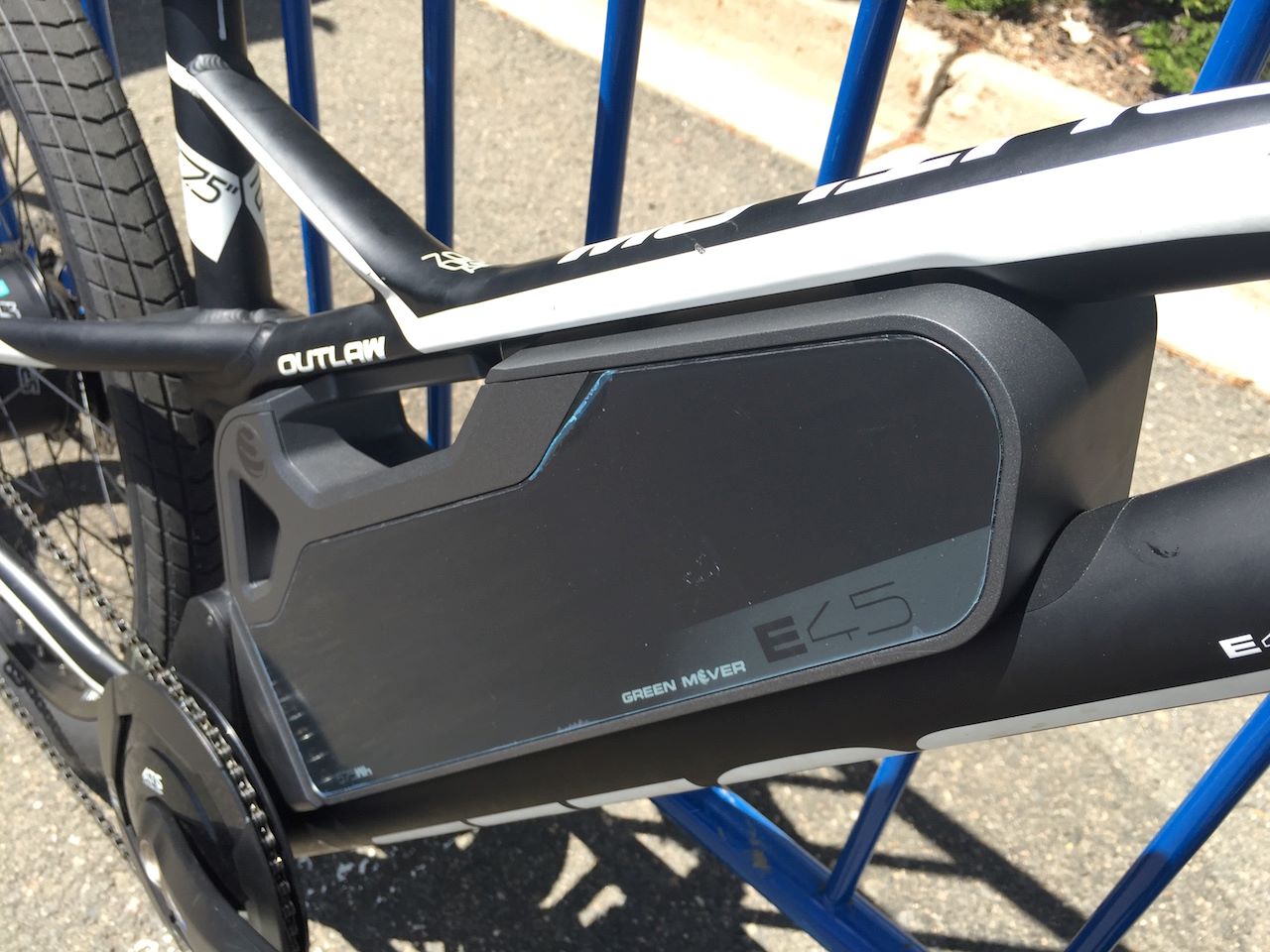
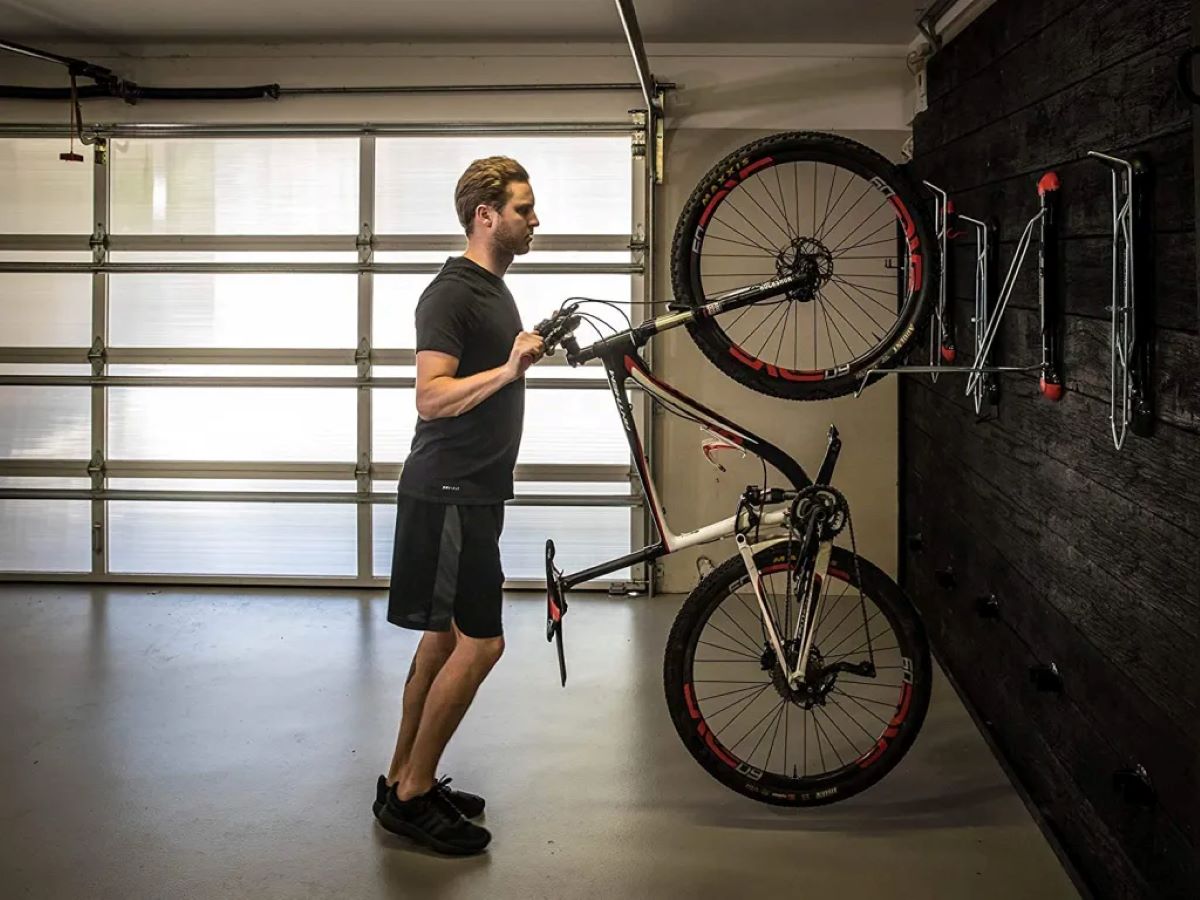

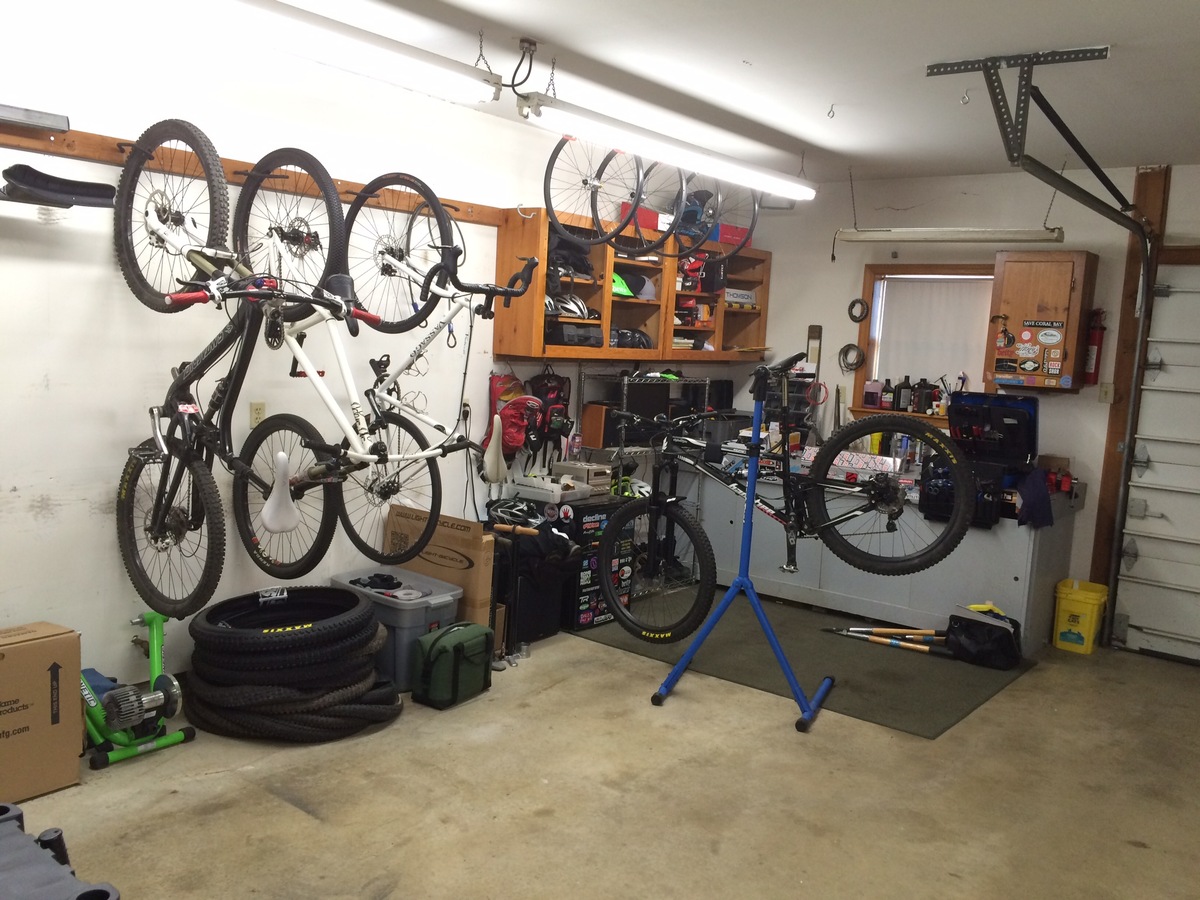
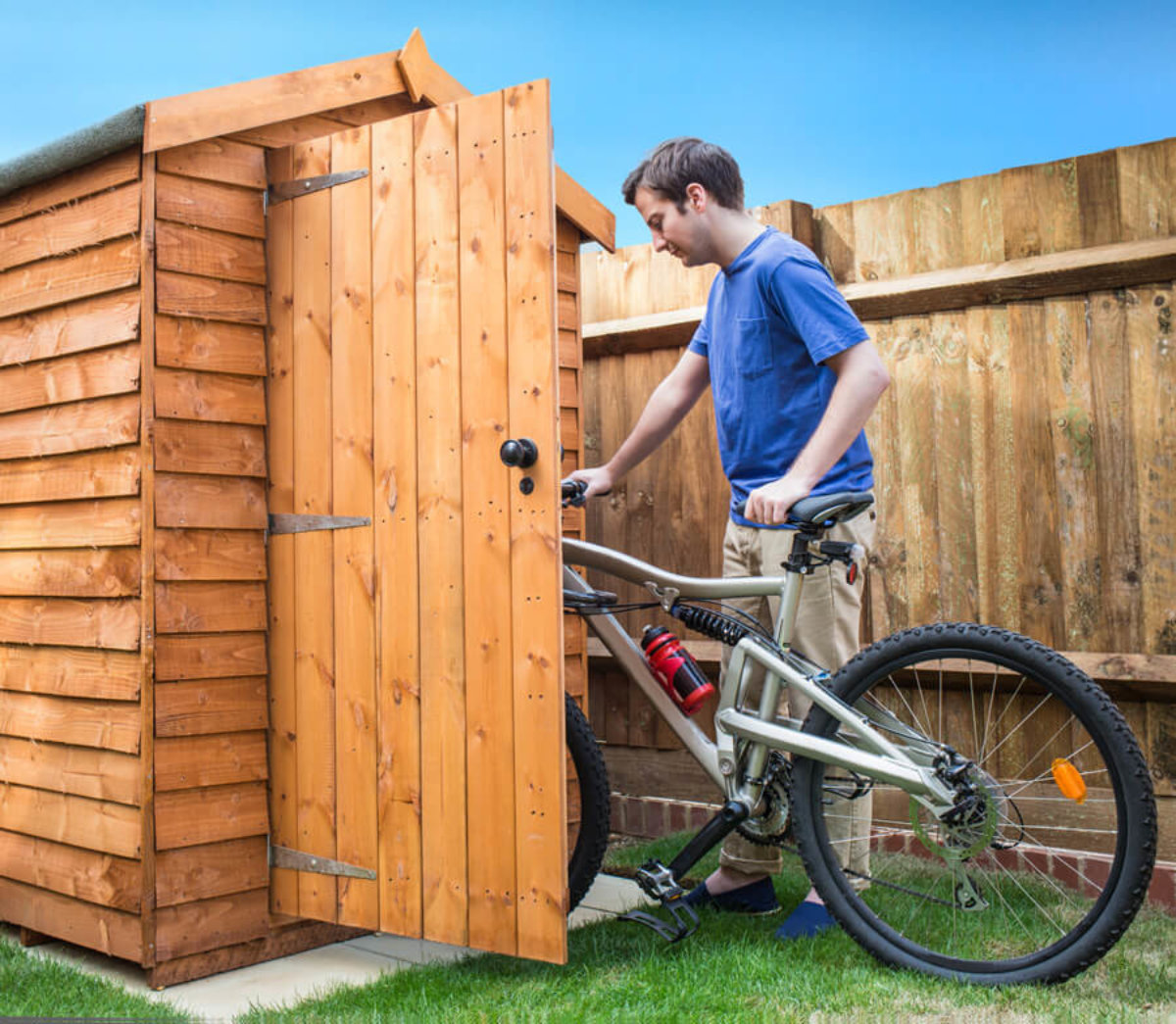


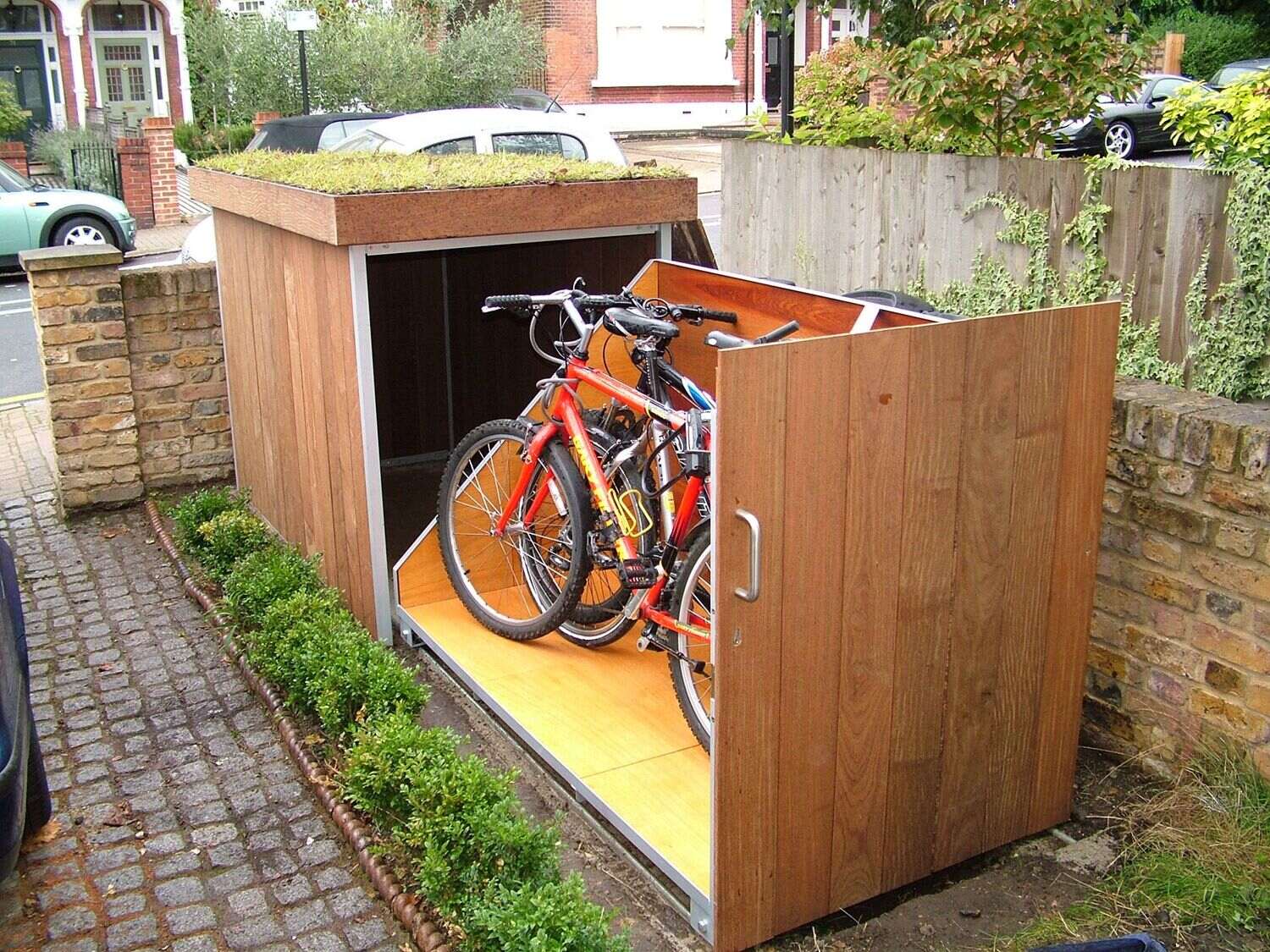






0 thoughts on “How To Store Electric Bikes In Garage”